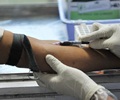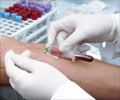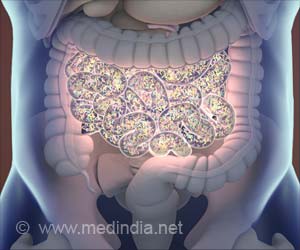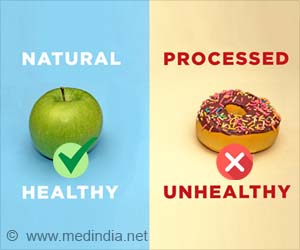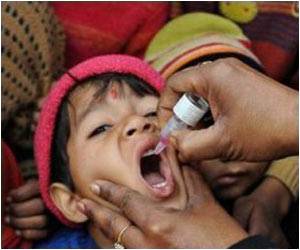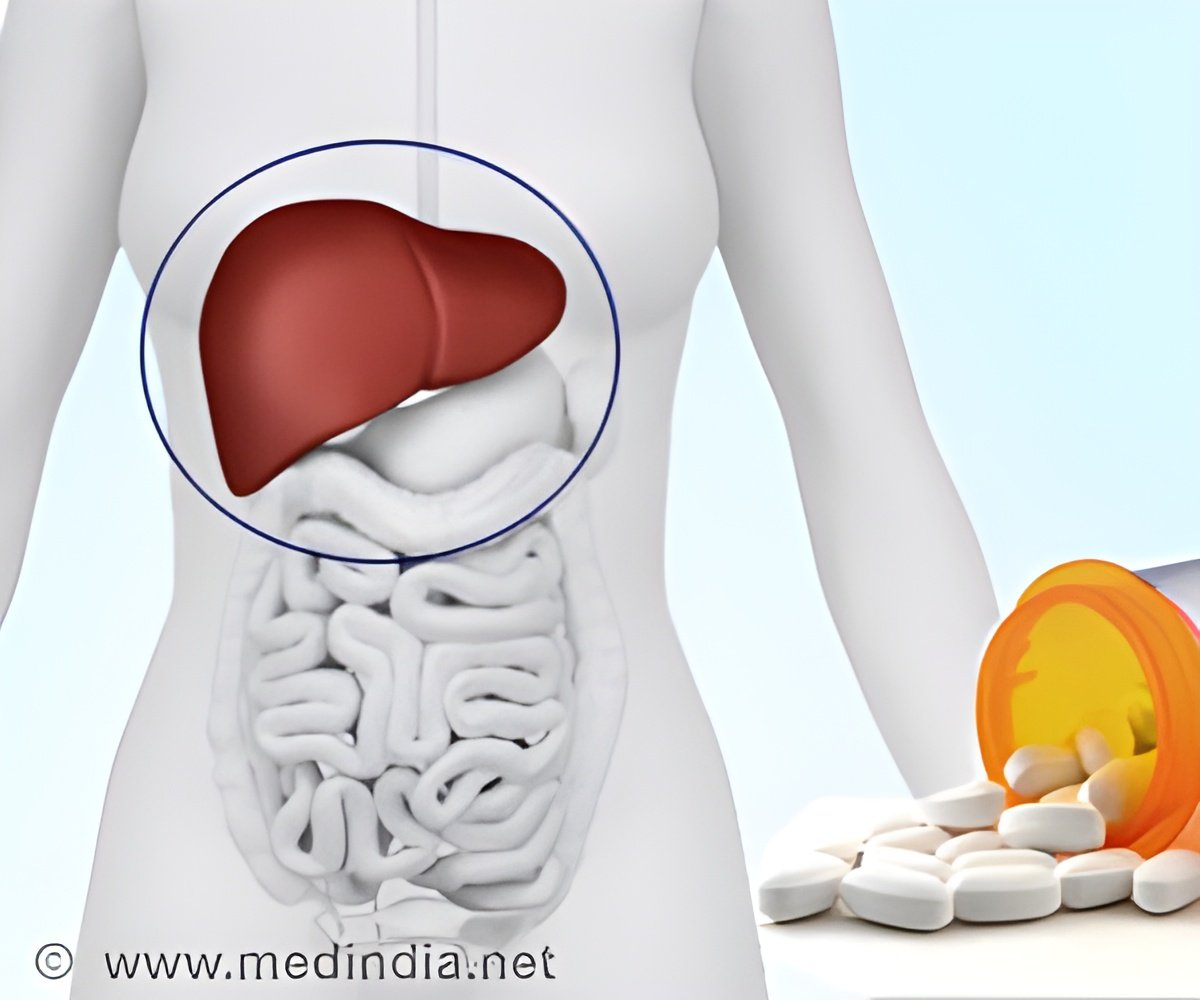
"Knowledge of acute HCV clearance is limited given that patients are typically asymptomatic during the initial stages of infection and at-risk populations, such as people who inject drugs, are often marginalized," explains lead author Dr. Jason Grebely at The Kirby Institute, University of New South Wales in Australia. "Our research aims to advance understanding of time to and predictors of HCV clearance to improve early therapeutic intervention options."
Researchers used data from the InC3 Study—a collaboration of nine prospective studies from Australia, Canada, the Netherlands, and the U.S. funded by the National Institutes of Health and led by Professor Kimberly Page from the University of California San Francisco—which included participants with HCV and human immunodeficiency virus (HIV) who were recruited between 1985 and 2010. The present study included 632 individuals diagnosed with acute HCV with 35% of the group being female and 82% Caucasian. Roughly 96% of participants had injected drugs, 47% were infected with HCV genotype 1 and 5% were co-infected with HIV.
Results show that 173 of the 632 participants had spontaneously cleared the virus during follow-up. At one year post-infection, 25% had HCV clearance. The average time to clearance among those who cleared HCV was 16.5 weeks, with 34%, 67% and 83% demonstrating clearance at 3, 6 and 12 months, respectively.
"Our findings indicate that females, those with the IL28B gene, and those with HCV genotype 1 are independent predictors of spontaneous clearance of acute HCV," concludes Prof. Kimberly Page. "Further research is necessary to understand the effect of sex in controlling HCV infection."
Source-Eurekalert




